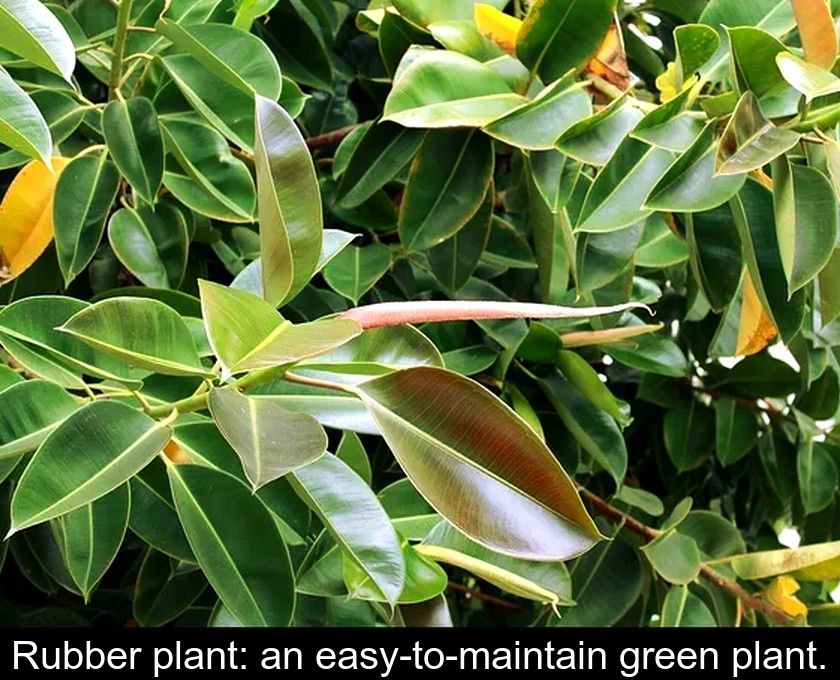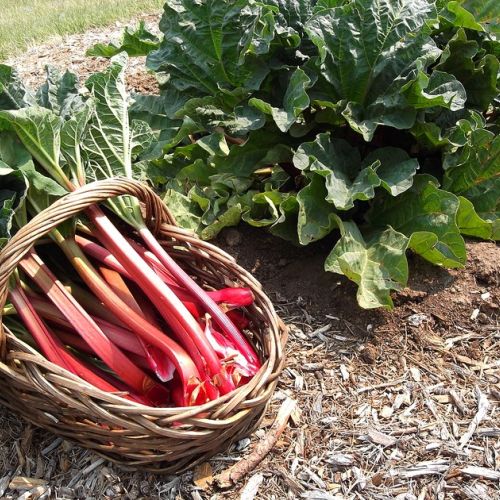Rubber Plant: An Easy-to-maintain Green Plant.
With its large, glossy green leaves, the rubber plant is an ideal indoor plant for creating a miniature jungle in your living room. In addition to its highly aesthetic appearance, this plant from the ficus family is easy to take care of. Here's what you need to know about this green plant that's perfect for beginner gardeners.
It is a fast-growing, large plant.
The rubber plant or Ficus elastica is a plant with an upright growth habit, thick stems, and large elliptical leaves of a beautiful dark green color.
It is commonly used to quickly green up the corner of an office or living room. It is also one of the most effective air-purifying plants.
In the jungles of Asia where it originates from, the rubber plant can grow into a huge tree reaching over 50 meters in height! Despite its name, it is not the tree that provides latex for rubber production.
In our latitudes, it is only cultivated as an indoor plant and never reaches such dimensions. However, it is still interesting for creating a green partition or dressing up a staircase railing thanks to its fast growth.
Note: The most common species found in garden centers is Ficus elastica Robusta with dark green leaves. But there are also varieties with variegated foliage, such as 'Decora', 'Doescheri', or 'Schryveriana'.
It is a sturdy plant ideal for beginners.
The rubber plant also owes its popularity to its excellent resistance. This robust species is easy to maintain and can even survive a few mistakes from beginner gardeners!
The Ficus elastica tolerates low-light environments, although it grows faster with good brightness.
Place it away from drafts as it is sensitive to cold winds. This tropical plant is hardy up to 12°C.
It tolerates all pH levels (acidic, neutral, or alkaline soil). When planting, simply put gravel or clay beads at the bottom of the pot to ensure good drainage. Ideally, provide it with a substrate composed of equal parts potting soil, garden soil, sand, and compost.
It is an easy to maintain plant.
The rubber plant is a low-maintenance green plant. It is easy to take care of as it only needs to be watered once or twice a week during the growing season, making sure not to let water stagnate in its saucer.
During the growing season, apply liquid fertilizer approximately every three weeks. In winter, stop fertilizing and space out watering.
Regardless of the season, be careful to always let the soil dry between waterings as excess water can cause your Ficus elastica to die!
If the leaves of your rubber plant become dusty, simply clean them with a damp sponge.
You can pinch the young shoots to encourage branching and prevent the plant from growing solely in height. When it becomes large, consider staking or training the stems.
It is an easy plant to propagate.
The rubber plant is easy to propagate through layering or stem cuttings. Take stems with at least one leaf to propagate in the spring or summer.
Caution: when cutting this plant, it secretes a toxic and irritating sap!
Repotting the plant should be done in the spring every 2 or 3 years. Every year, you can also take small plantlets that grow spontaneously to repot them in the spring.





